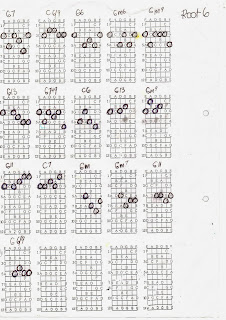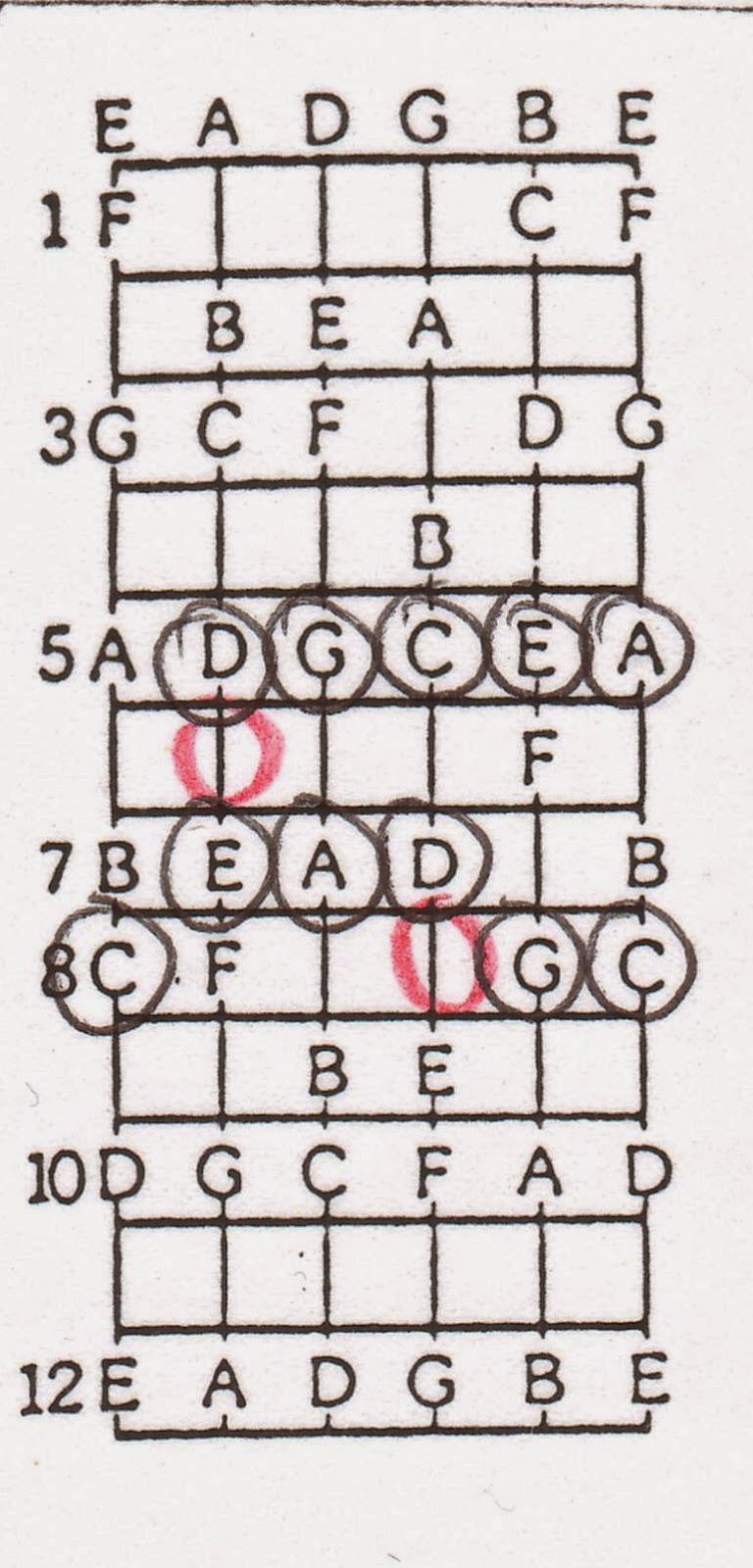After the previous posts I can discuss how I get my sound and explain it in a way that others can easily follow adapt and modify to come up with their own. In saying this my aim is to extend my sound so that I can make it more of my own.
There is a couple of elements that describe where I am at the moment. Firstly; I like to reduce my possibilities to create a decisive tonal place to work from. If your work is going to be identifiable it needs to have a signature. By diversifying too much the colour can be watered down until it is vague and tasteless. I like working from the Dorian mode as a starting point on most occasions.
To qualify this, the modes I like using (without saying I like all of them) and trying to put them in an order of most visited, are the Dorian, Mixolydian, Phrygian, Ionian. That gives me two minor and two major modes to work from.
If the first point was to limit my sonic palette. the second point is to have the minor and major ambiguous. This incorporates two scales working simultaneously and a good example is Chuck Berry but the technique is widely used. A Minor Pentatonic with a Mixolydian scale underneath.
The third ingredient is to identify chords that use the limited notes in the sound. To put it another way - to play notes in the scale together to make interesting combinations. This was developed while playing flamenco guitar and the technique is best described by listening to flamenco music. I am still developing it in rock music. It will be my aim to explain this approach and develop it as I dictate it here for others to understand and assimilate.
 |
| Chords around the 10th fret |
The chords being located at this mode could have been a major factor in realising I need to play in the Doian mode when playing a minor key. It is because I have so many more opportunities in this mode. I also like the sound more than the natural minor.
I also found a lot of good sounding chords around the Mixoydian mode and this backed up using the Mixolydian major scale underneath the Dorian. You will find chords all over the fret board but this will give you the idea and the understanding to be able to start collecting your own.
It is also a good idea to start to utilise two note chords and three note chords. This will enable your solos to build rather than going from six strings to one string. If you are in a three piece band with one guitar you really feel the need to solo using small chords.The next step is to incorporate these chords or groups of notes into your guitar playing.







































